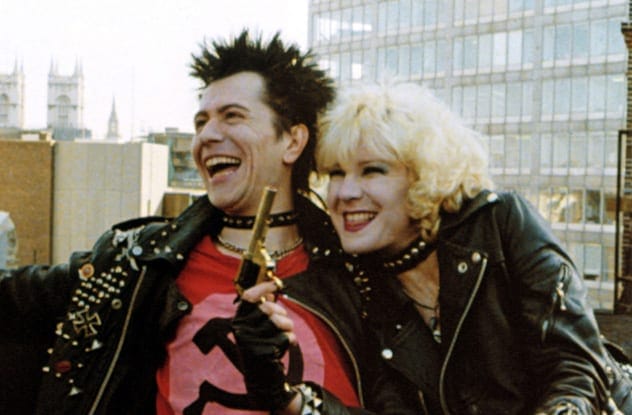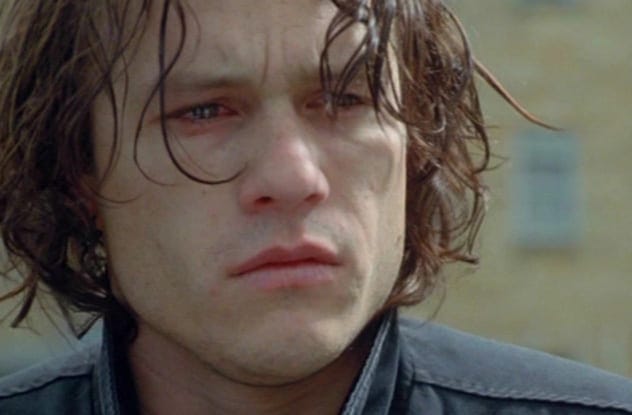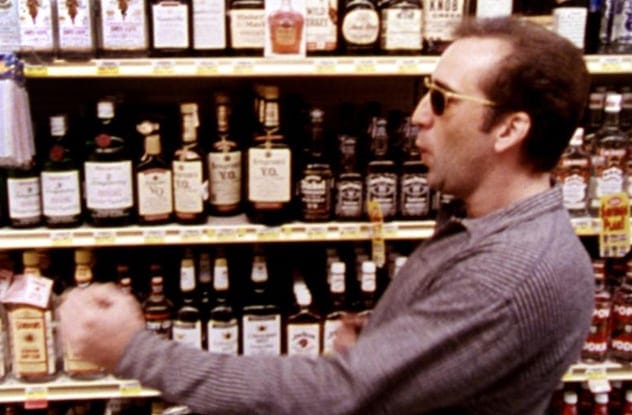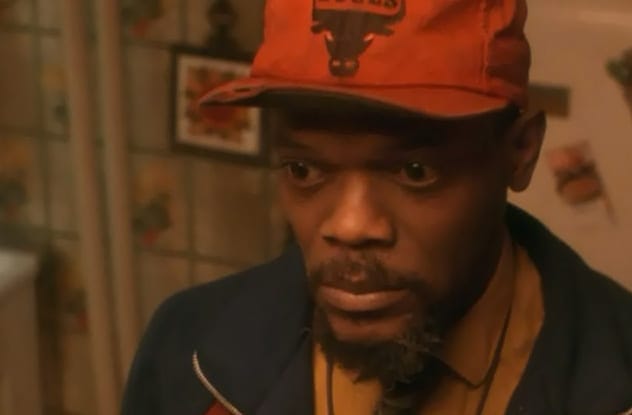Method acting has long been the go-to approach for actors aiming to deliver authentic and compelling performances. But what happens when the role demands portraying a drug addict? How far are actors willing to go to capture the true essence of addiction? Let’s dive into the extreme and sometimes shocking methods some of Hollywood’s finest have employed to prepare for such challenging roles.
John Travolta
Pulp Fiction (1994)

In Quentin Tarantino’s iconic 1994 film, Pulp Fiction, John Travolta played Vincent Vega, a heroin addict. To authentically portray Vega’s drug-induced state, Travolta sought advice from an unlikely source: an ex-junkie friend of Tarantino. The tip? Get drunk on tequila in a hot bath. Travolta, accompanied by his wife, embraced this unusual method to understand the feeling of being high.
Leonardo DiCaprio
The Basketball Diaries (1995)

For his role as Jim Carroll in The Basketball Diaries, Leonardo DiCaprio portrayed a teenager’s descent into drug addiction. While rumors swirled about DiCaprio experimenting with drugs, he refuted these claims. Instead, he focused on mastering the vocal nuances of an addict. A former addict was brought in as a consultant, teaching DiCaprio how to lower his voice and create a sense of bodily relaxation, achieving a realistic portrayal without substance use.
Gary Oldman
Sid and Nancy (1986)

Initially hesitant to play Sid Vicious in Sid and Nancy, Gary Oldman eventually committed fully to the role. The film centered on Vicious’s relationship with Nancy Spungen and their shared heroin addiction. To capture Vicious’s gaunt appearance, Oldman drastically restricted his diet to steamed fish and melon, leading to hospitalization for malnourishment. His dedication to physical transformation highlighted the extreme lengths actors sometimes go to.
Heath Ledger
Candy (2006)

Heath Ledger starred in Candy, a film exploring the love and shared heroin addiction of a poet and an artist. To prepare for the role of poet Dan, Ledger shunned his love for surfing and the sun, opting for a life in darkness to achieve the pallor of a drug addict. He also spent time with an addict in Sydney, learning the best injection techniques on a prosthetic arm, immersing himself in the practical realities of addiction.
Jason Patric and Jennifer Jason Leigh
Rush (1991)

In Rush, Jason Patric and Jennifer Jason Leigh played undercover cops who become addicted to heroin. Leigh interviewed drug addicts extensively, focusing on the minute details of the addiction experience—the physical sensations, the aftermath, and the specific feelings associated with drug use. Patric, equally committed to authenticity, insisted on using real hypodermic needles during filming, underscoring the intense realism they aimed for.
Nicolas Cage
Leaving Las Vegas (1995)

Nicolas Cage prepared for his role as an alcoholic in Leaving Las Vegas by delving into the physiological effects of long-term alcohol abuse. He interviewed numerous alcoholics, learning about the hallucinations and delirium tremens that accompany withdrawal. Cage focused on the stomach contractions experienced by alcoholics, using this physical understanding to shape his performance and authentically portray the character’s suffering.
Ewan McGregor
Trainspotting (1996)

To play heroin addict Mark Renton in Trainspotting, Ewan McGregor underwent a significant physical transformation, losing 26 pounds through a strict diet of grilled foods, wine, and gin. While he and his castmates considered using heroin for research, McGregor ultimately decided against it, recognizing that it would be an excuse rather than a necessity for his performance.
Samuel L. Jackson
Jungle Fever (1991)

Samuel L. Jackson’s portrayal of a drug addict in Jungle Fever was deeply personal, marking his first film role after completing rehab. Jackson drew upon his own experiences with drug abuse to inform his character, Gator. His sobriety, ironically, allowed him to delve deeper into the role, bringing authenticity to his portrayal of addiction.
Jared Leto
Requiem for a Dream (2000)

Known for his method acting, Jared Leto fully committed to his role as a heroin addict in Requiem for a Dream. He spent weeks living with drug addicts, observing their behaviors and routines. Leto lost 25 pounds by starving himself, pushing his body to the brink and even fainting on set. His extreme dedication resulted in a harrowing and realistic performance.
Leonardo DiCaprio
The Wolf of Wall Street (2013)

In The Wolf of Wall Street, Leonardo DiCaprio portrayed Jordan Belfort, a stockbroker whose life was fueled by greed and drug use. For the memorable Quaalude overdose scene, DiCaprio sought inspiration from Belfort himself, who reenacted his experiences. DiCaprio also studied a YouTube video of a drunk man struggling to get a beer, using it as a key reference for capturing the disoriented and exaggerated movements of someone on Quaaludes.
These actors demonstrate the diverse and intense methods employed to authentically portray drug addiction on screen. From consulting ex-addicts to physical transformations and personal experiences, their dedication to their craft results in powerful and memorable performances.
What do you think about these transformations? Leave your comment below!










